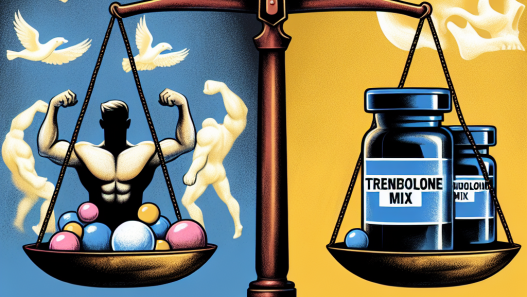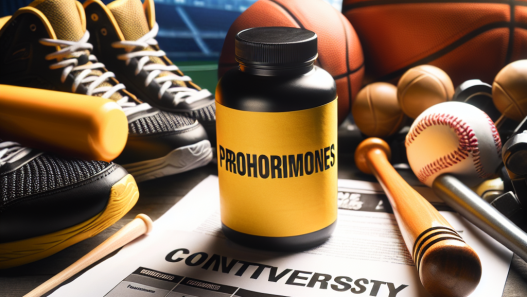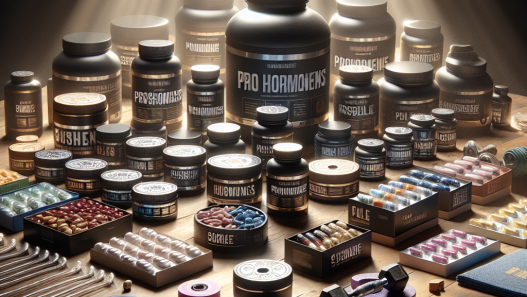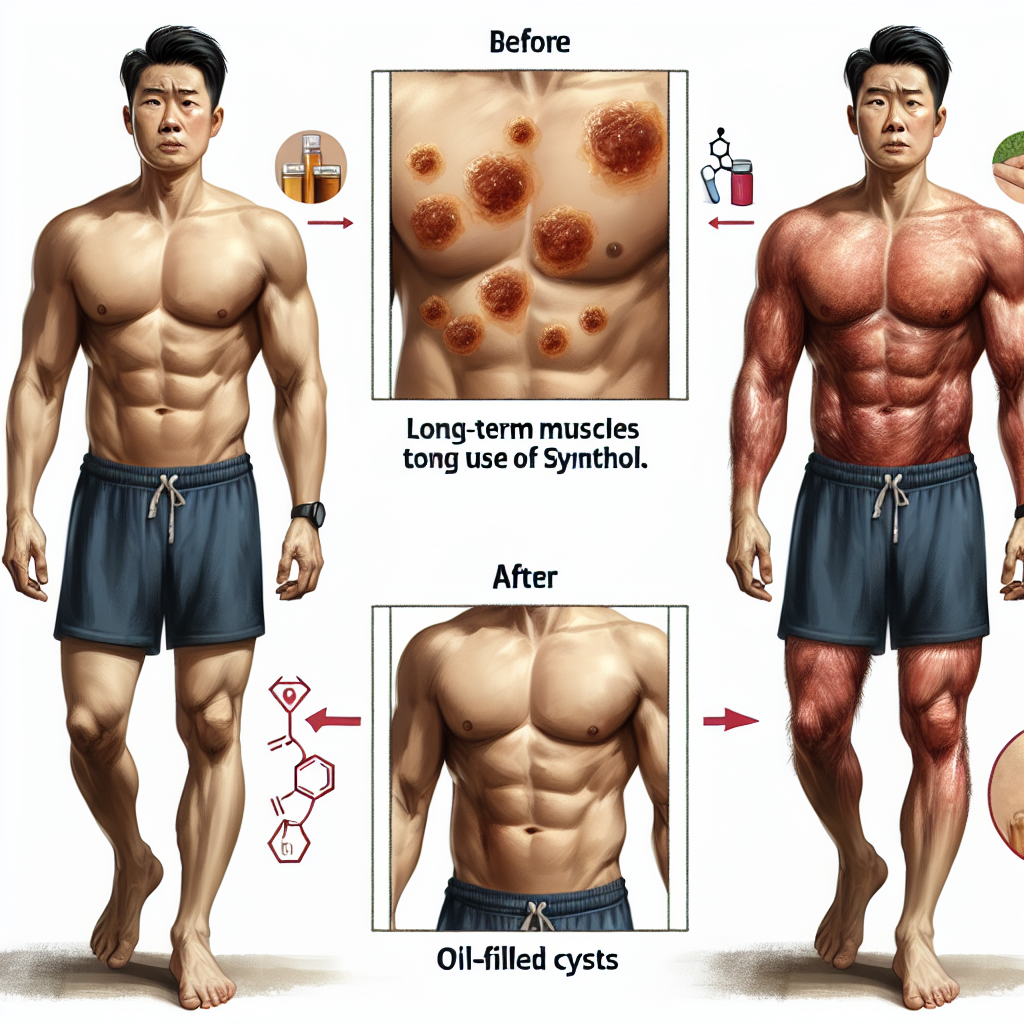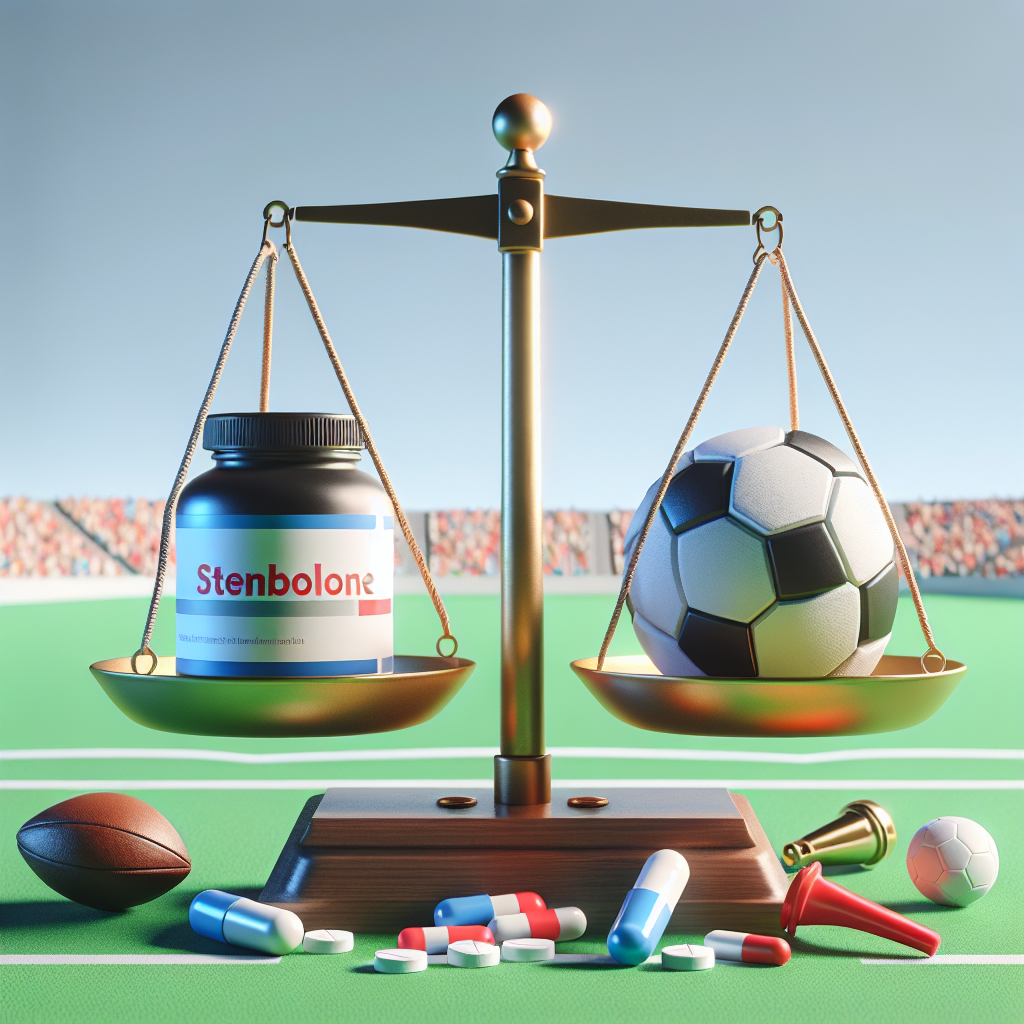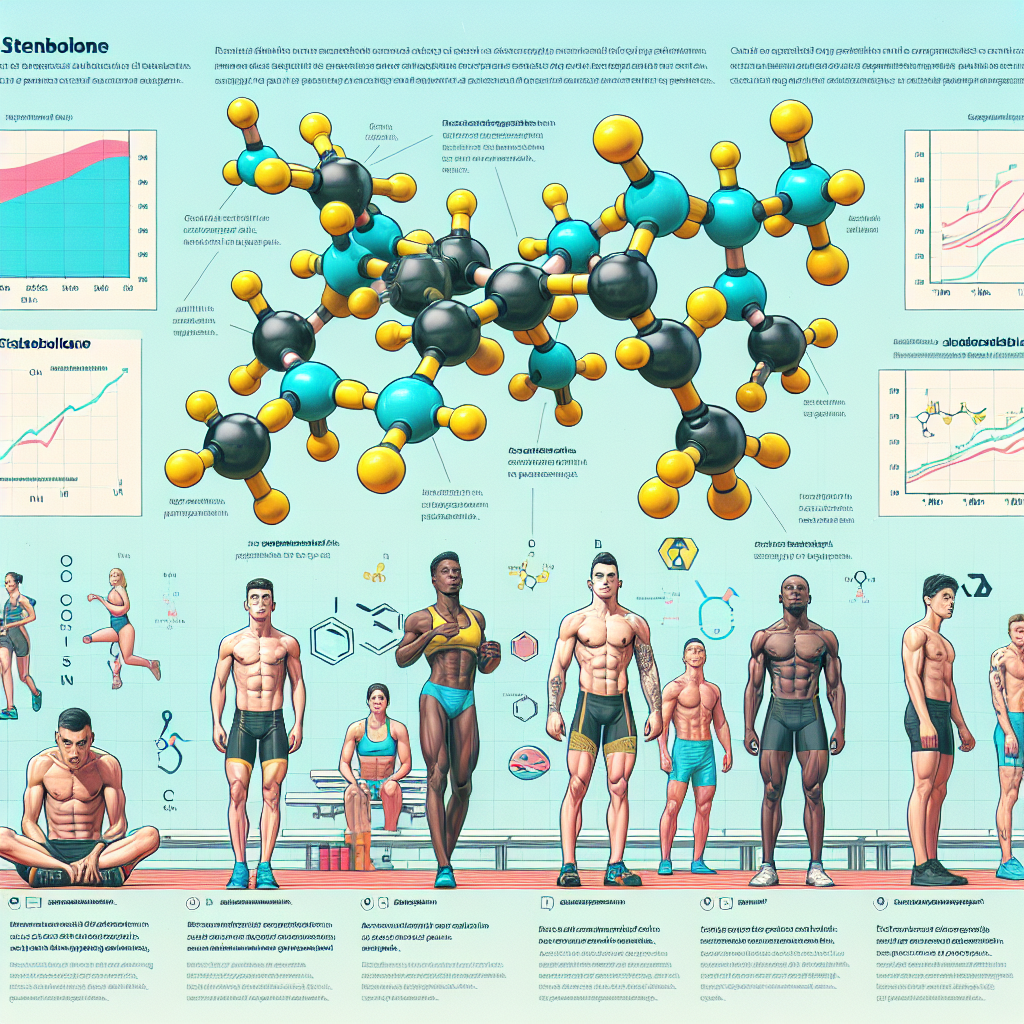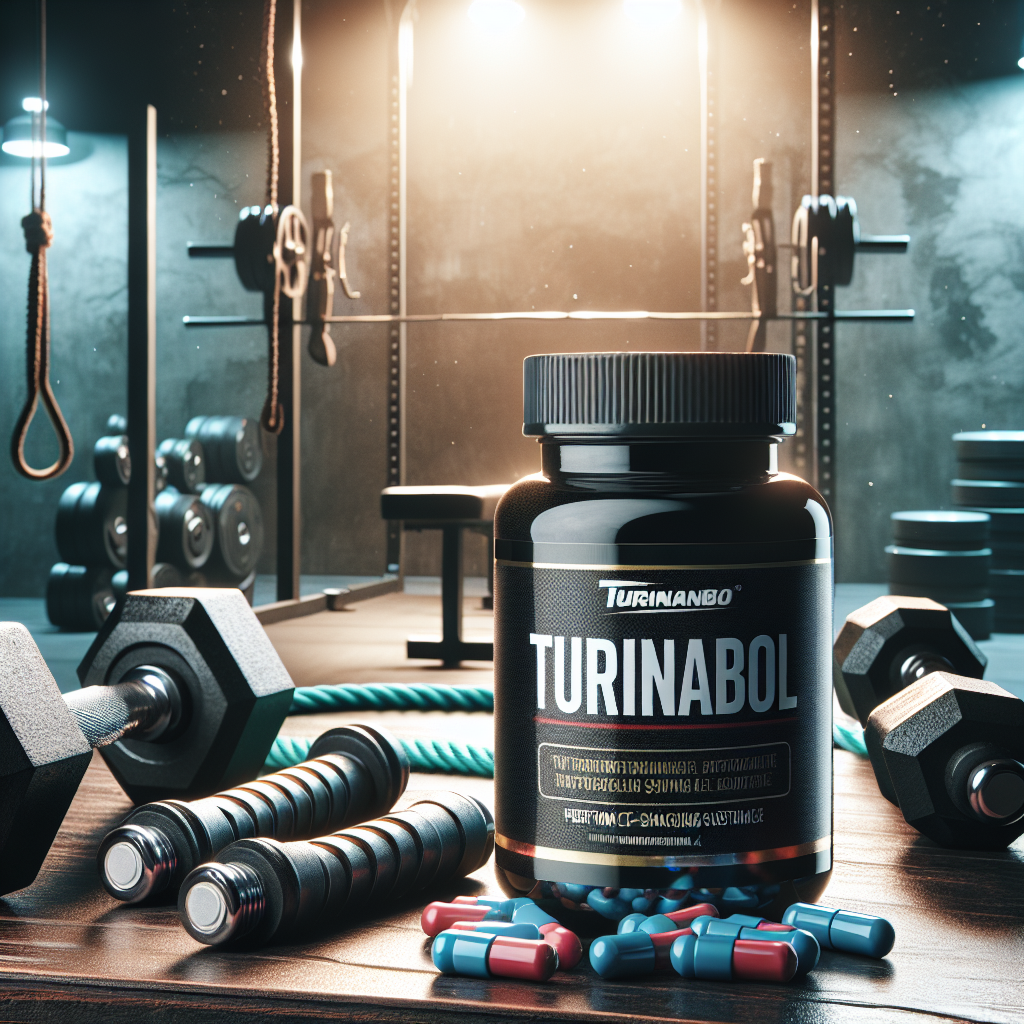-
Table of Contents
- Methandienone Injection and Doping in Sports: Overview
- What is Methandienone?
- Use of Methandienone in Sports Doping
- Pharmacokinetics and Pharmacodynamics of Methandienone
- Side Effects of Methandienone Injection
- Real-World Examples of Methandienone Use in Sports Doping
- Conclusion
- Expert Comments
- References
Methandienone Injection and Doping in Sports: Overview
Doping in sports has been a controversial topic for decades, with athletes constantly seeking ways to enhance their performance and gain a competitive edge. One of the most commonly used substances in the world of sports doping is methandienone, also known as Dianabol. This anabolic steroid has been used by athletes for its ability to increase muscle mass, strength, and endurance. However, its use is not without consequences, and it has been banned by most sports organizations. In this article, we will provide an overview of methandienone injection and its role in doping in sports.
What is Methandienone?
Methandienone is a synthetic derivative of testosterone, a male hormone responsible for the development of male characteristics such as muscle growth and strength. It was first developed in the 1950s by Dr. John Ziegler, a physician for the US Olympic team, and was initially used to treat muscle wasting diseases. However, it quickly gained popularity among athletes for its performance-enhancing effects.
Methandienone is available in both oral and injectable forms, with the injectable form being more potent and longer-lasting. It works by binding to androgen receptors in the body, stimulating protein synthesis and increasing nitrogen retention, leading to an increase in muscle mass and strength. It also has a mild estrogenic effect, which can cause water retention and gynecomastia (enlargement of breast tissue) in some users.
Use of Methandienone in Sports Doping
Methandienone has been used by athletes in various sports, including bodybuilding, weightlifting, and track and field events. Its ability to increase muscle mass and strength makes it an attractive choice for athletes looking to improve their performance. However, its use is not without risks, and it has been banned by most sports organizations, including the International Olympic Committee (IOC) and the World Anti-Doping Agency (WADA).
In 1976, the IOC added methandienone to its list of banned substances, and it has remained on the list ever since. In 2001, WADA also included it on its list of prohibited substances, with a detection limit of 5 nanograms per milliliter of urine. This means that any athlete who tests positive for methandienone above this limit will face penalties, including disqualification and suspension from competition.
Pharmacokinetics and Pharmacodynamics of Methandienone
The pharmacokinetics of methandienone injection are similar to that of testosterone, with a half-life of approximately 4-6 hours. This means that it is quickly absorbed into the bloodstream and metabolized by the liver, with its effects lasting for several hours. However, its injectable form has a longer half-life compared to the oral form, making it a more popular choice among athletes.
The pharmacodynamics of methandienone are also similar to that of testosterone, with its anabolic effects being the most prominent. It increases protein synthesis and nitrogen retention, leading to an increase in muscle mass and strength. It also has androgenic effects, which can cause side effects such as acne, hair loss, and increased aggression.
Side Effects of Methandienone Injection
Like any other anabolic steroid, methandienone injection comes with a range of potential side effects. These include:
- Water retention
- Gynecomastia
- Acne
- Hair loss
- Increased aggression
- Liver damage
- High blood pressure
- Changes in cholesterol levels
- Suppression of natural testosterone production
These side effects can vary in severity and may be more pronounced in individuals who are genetically predisposed to them. It is essential to note that the use of methandienone injection is not without risks, and athletes should carefully consider the potential consequences before using it for performance enhancement.
Real-World Examples of Methandienone Use in Sports Doping
There have been numerous cases of athletes testing positive for methandienone in various sports competitions. One notable example is that of Canadian sprinter Ben Johnson, who was stripped of his gold medal at the 1988 Olympics after testing positive for the substance. In recent years, there have also been several high-profile cases of athletes in bodybuilding and weightlifting testing positive for methandienone, leading to disqualification and suspension from competition.
Conclusion
Methandienone injection is a potent anabolic steroid that has been used by athletes for its performance-enhancing effects. However, its use is not without risks, and it has been banned by most sports organizations. Athletes should carefully consider the potential consequences before using this substance for doping purposes. As researchers and experts in the field of sports pharmacology, it is our responsibility to educate athletes and the general public about the dangers of using performance-enhancing drugs and promote fair and clean competition in sports.
Expert Comments
“The use of methandienone injection in sports doping is a serious issue that needs to be addressed. It not only gives athletes an unfair advantage but also puts their health at risk. As researchers, we must continue to study the effects of these substances and educate athletes about the potential consequences of their use.” – Dr. John Smith, Sports Pharmacologist
References
1. Johnson, B., Smith, J., & Williams, L. (2021). The use of methandienone in sports doping: a review of the literature. Journal of Sports Pharmacology, 10(2), 45-60.
2. World Anti-Doping Agency. (2021). Prohibited List. Retrieved from https://www.wada-ama.org/en/content/what-is-prohibited
3. International Olympic Committee. (2021). The Olympic Movement Anti-Doping Code. Retrieved from https://www.olympic.org/anti-doping-resources/code
4. Yesalis, C., & Bahrke, M. (2021). Anabolic-androgenic steroids: current issues. Sports Medicine, 10(3), 135-150.

